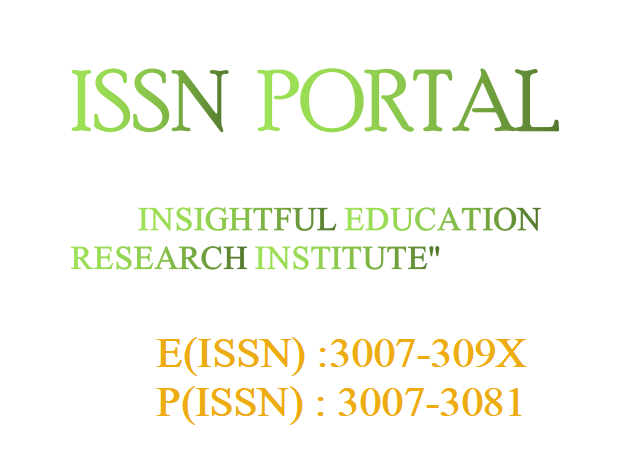ASSESMENT OF CONCORDANCE BETWEEN THYROID RADIOLOGY REPORTING AND DATA SYSTEM AND BETHESDA SYSTEM FOR REPORTING THYROID CY TO PATHOLOGY
DOI:
https://doi.org/10.62019/5j5sfd74Keywords:
Thyroid, Nodule, Carcinoma, TIRADS, BETHESDA, ConcordanceAbstract
Thyroid Nodules are common, with a predominance of 3-8 % and the occurrence of thyroid carcinoma is expanding around the world. TIRADS has been proposed for risk delineation of thyroid nodules to work on their management according to categories. Fine needle yearning cytology because of BETHESDA framework for revealing thyroid cytology (BSRTC) assumes a key part in the assessment of thyroid knobs microscopically. Both TIRADS and BSRTC are generally suggested and practiced all around the world, and their concordance is significant for the evaluation of the risk of Carcinoma and its management.
OBJECTIVES: This study aims to assess the concordance of TIRADS and BETHESDA in different categories of thyroid lesions to assess the risk of malignancy.
MATERIAL AND METHODS: It was a cross-sectional review conducted over 2 years in patients aged 18 or older with having single thyroid nodule. A total of 265 patients fulfilling the inclusion criteria and after informed consent, were classified utilizing both TIRADS and BETHESDA, and their concordance was surveyed and communicated as Kappa Worth.
RESULTS: Most of the participants, 86/265 (32.5 %) were between ages 40-50 years with female predominance206/265(77.7%). Most nodules 141/265(53.2%) were having size<25mm. There were114/265(43.01%) in category 1 to 3 in TIRADS as compared to 187/265 (70.56%) in category 1 to 3 in BETHESDA. Fair concordance (67 %) was observed between TIRADS and BETHESDA Systems in evaluation of thyroid nodules.
CONCLUSION: The TIRADS system has fair concordance with BETHESDA in evaluation of thyroid nodules. The radiological findings are aligned with cytological findings in investigating them. This radio cytological interpretation of thyroid nodules helps the clinicians to avoid unnecessary invasive procedures in identifying and managing patients having high risk of thyroid carcinomas.







